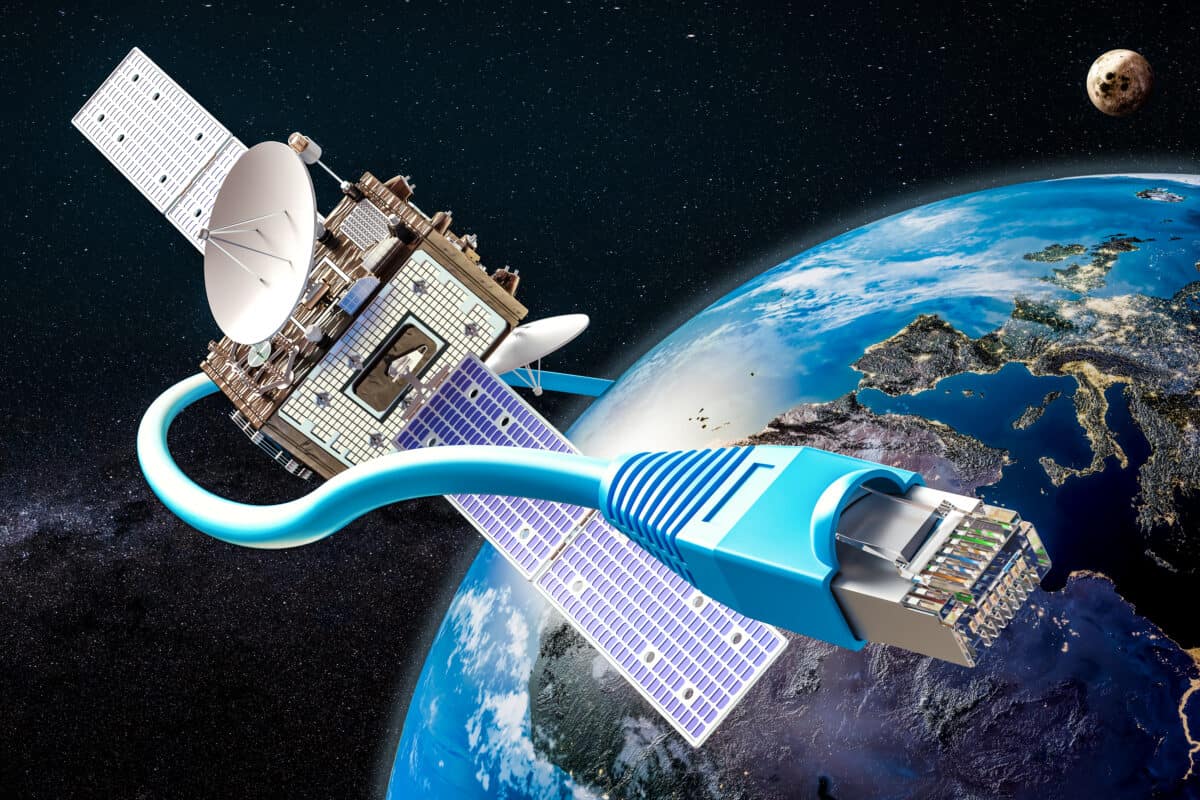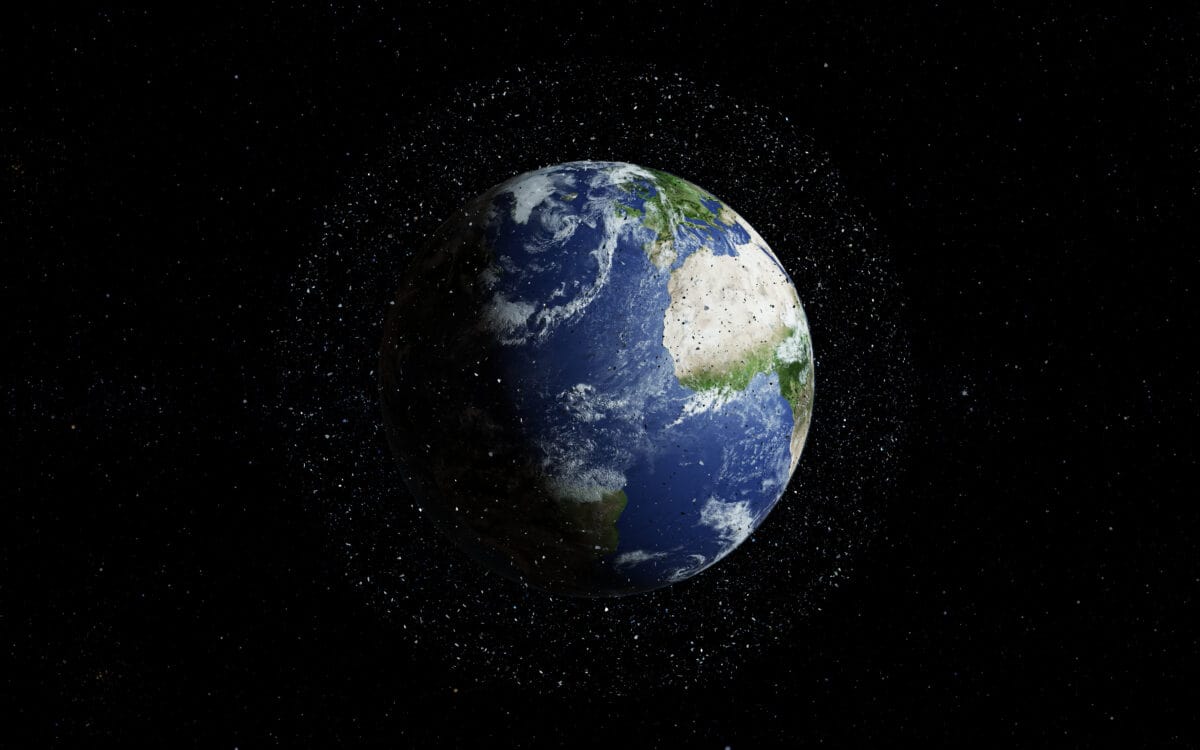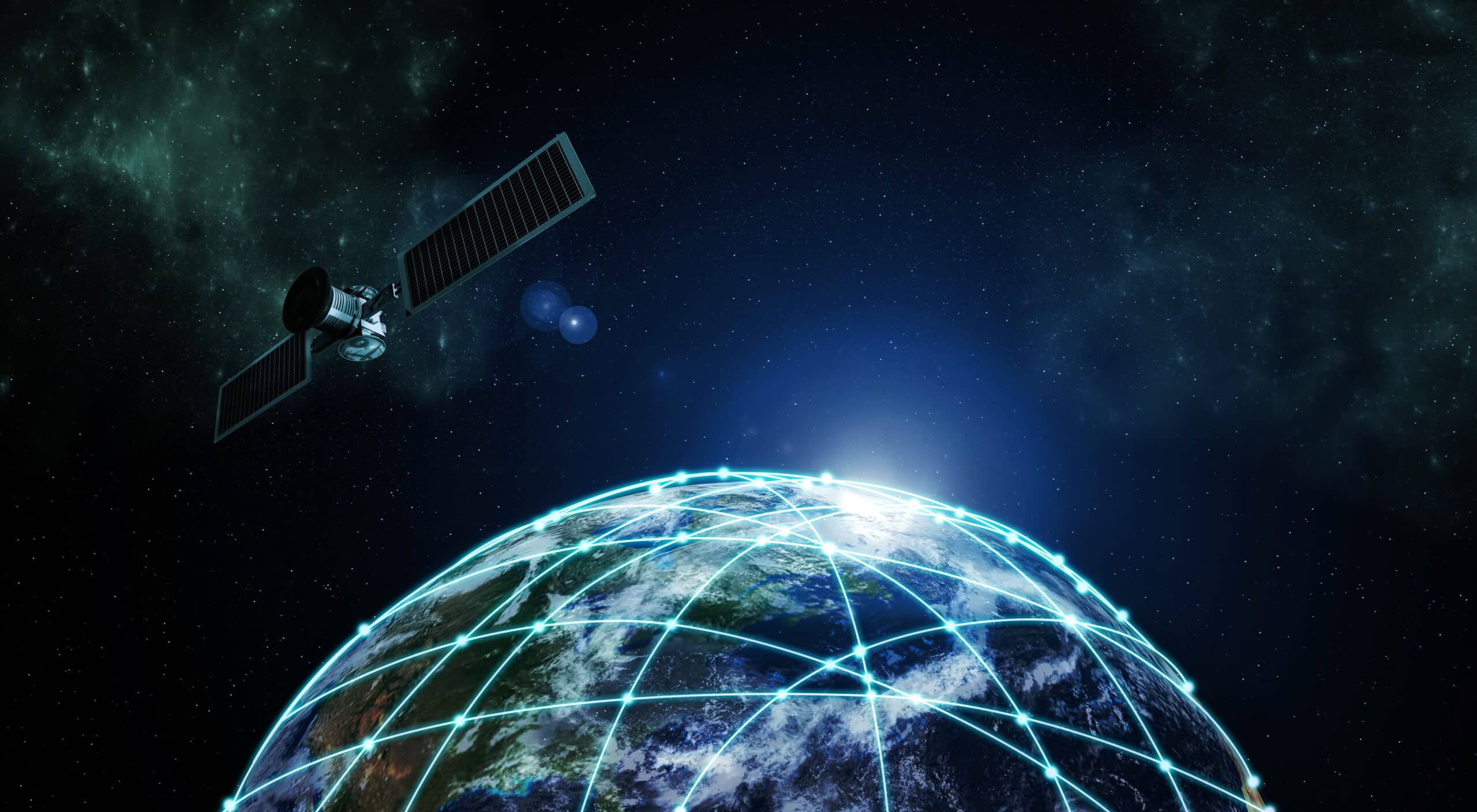The modern world requires a lot of moving parts to function. Connectivity rules the day, and a large part of what powers it lurks in the earth’s orbit. Satellites serve many purposes, from scientific research to communications. Annually, many more satellites are launched to surround the Earth.
Satellites serve a vital function for humanity and are integral to the functioning of modern society. Many of the needs and challenges imposed by the requirements for modern society rely heavily on the functions of the satellites orbiting the Earth.
How Many Satellites Are in Orbit Right Now?
As of January 2022, there are 8,261 satellites in orbit around the Earth. This is a staggering amount of objects in orbit. The more shocking part is that only roughly half of them are active. Of the countries launching satellites, the United States takes the top slot.
The recesses of space hold over 3,000 of the satellites the United States has launched. These serve a multitude of purposes which will be covered later on. This comes as no surprise given the country’s status as one of the leaders in space exploration.
The closest competitor in terms of launches is China, which has 541 satellites in orbit currently. There isn’t quite as much international participation as one would think. Countries with the means to launch objects into space do so.
What Are the Satellites Used for?

Over 8,000 satellites are in space, and they serve a variety of uses. The lion’s share of satellites is in the commercial sector, where they act as means of communication and navigation.
Communications satellites provide a point of contact whereby devices like cell phones, modems, and IoT can all effectively work. Some of these communication satellites also deliver television signals. They provide HD video to a home-mounted dish with minimal lag time.
More recent developments have led to Starlink’s deployment of multiple satellites to provide wireless broadband internet to users in more remote areas. It doesn’t have the same adoption rate as the more conventional cable and DSL broadband connections, though.
They launch other satellites for navigation purposes, which offer real-time GPS functionality to standalone devices and mobile phones. Imaging is also another consideration. Satellites can carry an array of high-powered cameras to more accurately envision the United States.
What Drives Space’s Growth?
There has been a marked increase in satellite launches due to the development of the CubeSat. CubeSats have been around since 1999, developed at California Polytechnic State University.
NASA has taken a special interest in the CubeSat, as they are far smaller than traditional satellites. Multiple CubeSats can be deployed in a single launch, carrying a multitude of scientific instruments, given the smaller footprint.
The growth of satellite launches is also driven by investment in other sectors. Starlink has made major headway into being able to provide a viable internet service to those in areas where traditional coverage might not be viable. Growth in the service has been explosive and, as such, specialized space equipment is needed for transmission.
Amazon has steered in the same direction with its Project Kuiper. Kuiper is meant to fill the same sort of niche as Starlink, providing low-cost broadband to those in areas that aren’t covered. Starlink and Amazon are among the few massive companies seeking to launch tens of thousands of satellites into orbit over the next few years.
The Challenges of Space
Despite the growth of launchable devices in space, there are some troubles posed to the burgeoning market. They are as follows:
- Space Trash,
- Foreign Bodies,
- Kessler Syndrome,
- Satellite Jammers.
Space Trash
Between space missions and satellite launches, there is a lot of junk in orbit. Space trash refers to any man-made object left in orbit. Removing the trash isn’t a simple proposition, because there are thousands of abandoned satellites.
The threat posed to space infrastructure is from the possibility of collisions. An errant abandoned satellite could very easily take out a key piece of infrastructure. One potential solution to space trash is to nudge objects further out of orbit.
With 23,000 pieces of abandoned equipment, this is no easy task. Another solution would be to guide the objects to a decaying orbit where they could land unimpeded in one of the oceans.
While this is perhaps more viable than nudging, it still presents certain ecological dangers for the ocean. Tens of thousands of spacecraft are a whole order of magnitude larger than occasional spacecraft being recovered from the ocean.
Foreign Bodies
There is a multitude of objects in space that could wreak havoc on the network of functional satellites in orbit. Foreign bodies refer to objects from space, like asteroids for example.
It is impossible to predict the conditions of rogue asteroids or even elements like the weather of space. Phenomena like solar winds or flares could readily reduce functionality or wipe out the infrastructure in orbit.
Concerns arise especially given the development and deployment of more man-made objects in space. Greater area saturation in Earth’s orbit gives more targets of opportunity while posing severe risks to communications and navigation systems.
Kessler Syndrome

Imagine a tidal wave of trash and debris sweeping over vital infrastructure, and you’re not too far off from the Kessler Syndrome. Kessler Syndrome is a scenario in which the cascade of space trash and other debris starts to cause collisions in low Earth orbit.
The term was coined in 1978 when the saturation of satellites in Earth’s orbit was not nearly as bad as it is now. It has gained more prominence in recent years due to our reliance on satellites. A torrent of debris and space trash could effectively wipe out a good chunk of the orbiting infrastructure.
The damage would be catastrophic, with things like the James Webb Telescope and the International Space Station among some of the potential casualties. Errant debris acting as a singular mass is a catastrophic event, and one that was previewed in 2009.
In February 2009, Russia’s Kosmos 2251 satellite collided with Iridium 33. The collision resulted in a cloud of 2,000 pieces of debris, with each piece roughly the size of a softball. The most terrifying part about it is the phenomenon may have already begun just off of that incident. Experts say it isn’t an instantaneous development, but rather one of gradual growth until it is too late to abate it.
Satellite Jammers
This is more of a temporary risk than a permanent one, but satellite jamming could serve to cripple a country. Satellite jammers are land-based devices. They are a recent development. These serve as a form of informational warfare and could block out communications, navigation, and a whole host of other data streams.
These satellite jammers don’t inherently damage satellites, but they make it impossible to receive the signals that are beamed back. Russian military forces developed and deployed the first viable models of satellite jammers in 2019. The United States has also joined the arms race, with the Space Force developing their own jammer.
The recent military action in Ukraine by Russian forces saw a widescale deployment of jammers against a modern nation. There have been strong measures to circumvent things so life for the general populace can continue as normal, but it was highly effective in disrupting communications in the opening stages of the invasion.
SpaceX Satellites

Starlink is a network of satellites that delivers broadband internet services, and it stands out as the largest network of its kind that utilizes a low Earth orbit.
Starlink is a satellite network that provides broadband internet services, and it is the largest of its kind that uses a low Earth orbit. The network is capable of supporting a range of online activities, including streaming, online gaming, and video calls.
According to astronomer Jonathan McDowell’s analysis using data from SpaceX and the U.S. Space Force, there are approximately 3,660 active Starlink satellites in orbit as of now. This means that Starlink satellites make up around 50 percent of the nearly 7,300 active satellites currently orbiting Earth.
Furthermore, the visible lights in the night sky are actually Starlink satellites that have been sent into orbit by Elon Musk’s SpaceX since 2019. As of now, there are around 3,500 of these satellites in space, and when the sun’s positioning is optimal, they become visible in the night sky.
The image featured at the top of this post is ©nmedia/Shutterstock.com.








